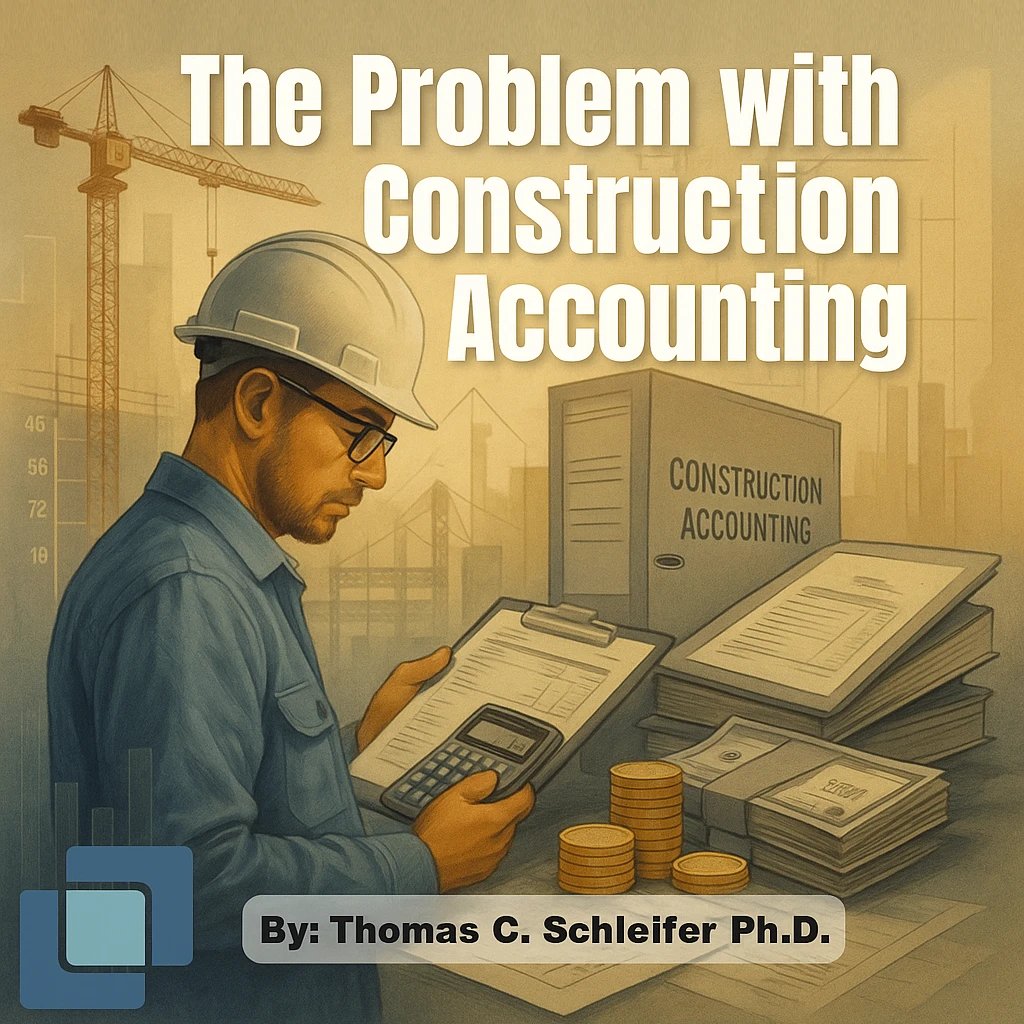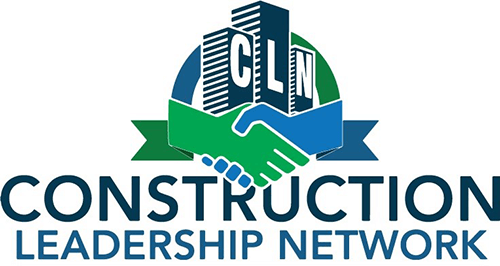
The state-of-the-art in construction accounting has advanced over the years but continues to be an area of great concern. One of the most difficult and misunderstood processes in the construction business is capturing all the data accurately and in a timely fashion and then using it properly to track interim profit or loss on work in progress and then final profit or loss on completed projects.
Construction accounting is only easy if the job lasts about a week, if everyone bills properly and on time, if we don’t forget the fringe benefits or the cost of company-owned equipment, and if we eventually collect retainage and remember to back in the cost of callbacks and guarantee work.
Accounting gets more complicated when a project lasts longer than a week. Numerous accounting systems and processes are required to determine whether the organization is making or losing money and by how much. As with many other aspects of the construction business, accounting for construction work in progress differs from accounting for work in other industries.
The Problem with Construction Accounting
Generally Accepted Accounting Principles (GAPP) require that construction companies estimate the percentage of project completion so that a company can record the profit or loss for the portion of work completed in any accounting period. If a project is 40% complete at the end of an accounting period, the company can record 40% of the total expected profit from that project as earned. This method requires calculating the total cost of the work to date and estimating the cost to complete the remaining work. In construction, therefore, audited financial statements are based on estimates of work in progress that have an unfortunate potential for error.
- When a project is partly complete, GAAP requires that financial statements report the portions of revenue that have been earned, and these earnings are estimated based on the amount of work the company claims to have completed.
- The problem with basing financial information on a percentage of completion is that an independent auditor will have difficulty verifying how complete each project actually was at the time that the information was reported. Complicating this is that the project information goes through several individuals’ hands, from field to office, and those who provide the numbers describe them as estimates. The word estimate does not imply exact.
- The construction company’s bookkeepers and accountants obviously lack firsthand knowledge of what is occurring in the field and, therefore, must rely on information from operations personnel. The bookkeepers and accountants can only add up that which is given to them in the normal course of business and put these figures into the proper categories to develop accounting reports.
- If vendors or subcontractors neglect to invoice for their products or services in a timely manner, only the field managers, PMs, or contractors know that the material was received or that the work was done and that a liability was incurred. Although the accounting department is responsible for accurately recording and reporting the information received, it is management’s responsibility to ensure that the accounting department receives correct information in a timely manner.
- If any percentage of completions are overestimated, then the profits have been overstated. In some situations, some of the profits stated for work in progress in financial statements never did exist; they were a result of inaccurate estimates of the existing conditions at that point in time.
- Work in progress estimates have a huge impact on the annual financial statements for a construction company because all projects do not start and end during one fiscal year. Consequently, a portion – in many cases a large portion – of the annual profits shown on an audited annual financial statement are based on the estimated completion percentages of work in progress. Our research shows that project profits were consistently overstated in tens of thousands of construction companies’ financial statements.
- One of the greatest risks a contractor faces is to continue to work on a project in a manner that is not making a profit because they believe it is making a profit based on accounting reports that say it is profitable.
- Most auditors would agree that they cannot guarantee an estimate’s accuracy, and GAAP does not hold auditors responsible for the estimate’s accuracy.
What Can be Done in the Meantime?
- GAAP rules govern how financial statements are prepared, but because the accounting rules for construction differ from those in most other industries, it is important to have in-house accountants and independent CPAs who understand the differences.
- Contractors and managers must also regularly examine the accounting reports and know whether the information is logical. Is it certain that all the costs incurred are included in the report?
- Employing a savvy CFO is particularly critical when a construction company is growing rapidly.
(Excerpted from my new book The Business of Construction Contracting, Schleifer, Cohen, published by Wiley, 2025.)
For more information on Generally Accepted Accounting Principles, read more at: GAAP
For a broader view of construction accounting, read more at: ACCOUNTING
To receive the free weekly Construction Messages, ask questions, or make comments contact me at research@simplarfoundation.org.
Please circulate this widely. It will benefit your constituents. This research is continuous and includes new information weekly as it becomes available. Thank you.


